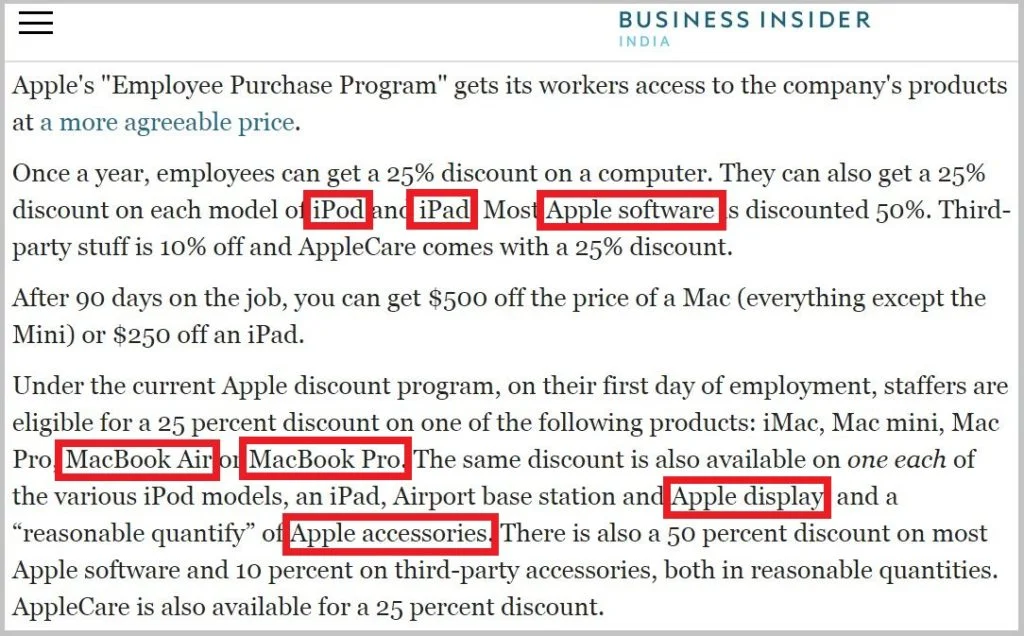Search engine optimization (SEO) is essential for improving website visibility and ranking on search engines like Google. However, E-commerce SEO and Traditional SEO serve different purposes and require distinct strategies. If you’re running an online store, it’s crucial to understand these differences to drive targeted traffic, increase conversions, and maximize sales.
1. Primary Goal: Sales vs. Information
- E-commerce SEO focuses on optimizing product and category pages to increase sales. The primary goal is to attract ready-to-buy customers and improve conversion rates.
- Traditional SEO is often content-driven, aiming to educate, inform, and build authority. Blogs, articles, and informational pages are optimized for traffic rather than direct purchases.
For example, a website like Social Media Max focuses on SEO services, while an e-commerce site selling electronics will prioritize product pages.
2. Keyword Strategy: Commercial vs. Informational Intent
- E-commerce SEO targets high-converting, commercial keywords like “buy running shoes online” or “best deals on smartphones” to attract users ready to make a purchase.
- Traditional SEO focuses on informational keywords, such as “how to improve running speed” or “top smartphone features”, catering to users in the research phase.
For effective keyword research, check out our SEO Optimization Services to boost your website rankings.

3. On-Page SEO: Product Pages vs. Blog Content
- E-commerce SEO optimizes product titles, descriptions, reviews, images, and structured data (Schema markup) to enhance visibility in search results.
- Traditional SEO focuses on long-form content, ensuring blog posts, service pages, and guides are properly optimized with headings, meta descriptions, and internal linking.
If you need help optimizing your product pages, explore our Web Development Services for expert solutions.
4. Link Building Strategy: Product Pages vs. Content Pages
- E-commerce SEO requires backlinks to product and category pages, which is harder to achieve since websites typically prefer linking to informational content.
- Traditional SEO benefits from easier link acquisition, as blogs and guides attract natural links from other websites.
To build a strong backlink profile, check out our Content Writing Services for engaging and shareable content.
5. User Experience & Site Structure
- E-commerce sites need a clear, intuitive navigation to help users quickly find products. This includes:
- Well-organized categories
- Fast-loading product pages
- Easy checkout process
- Traditional websites focus on content hierarchy, ensuring that blog posts and service pages are well-structured for readability.
For seamless website navigation, our Web Design Services can help enhance user experience.

6. Technical SEO: Unique Challenges for E-commerce
E-commerce websites often have thousands of pages, creating technical SEO challenges such as:
- Duplicate content (due to product variations)
- Slow page speed (due to high-resolution images)
- Complex URL structures
- Crawlability issues
Traditional websites usually have fewer pages, making technical SEO easier to manage.
7. Content Strategy: Blog-Focused vs. Product-Focused
- E-commerce SEO still benefits from blogs, but the main focus is product descriptions, reviews, and FAQs.
- Traditional SEO relies heavily on educational content, guides, and industry news to attract and retain visitors.
Need help crafting SEO-optimized content? Check out our Content Marketing Services for expert assistance.
Final Thoughts: Choosing the Right SEO Approach
Both E-commerce SEO and Traditional SEO are essential, but the strategy depends on your business goals. If you run an online store, optimizing product pages, improving site structure, and targeting commercial keywords should be your top priority. If you manage a service-based website, focus on content marketing, link building, and authoritative blogging to boost rankings.
Want to Improve Your SEO Strategy?
At Social Media Max, we specialize in SEO, web development, and content marketing to help businesses rank higher and drive more traffic.
📞 Call us at 0161 399 3517
📩 Email us at Syed_66@hotmail.com
🌍 Visit Social Media Max for expert SEO solutions.

